Navigating the Rich Tapestry of India: Travel Tips Unveiled
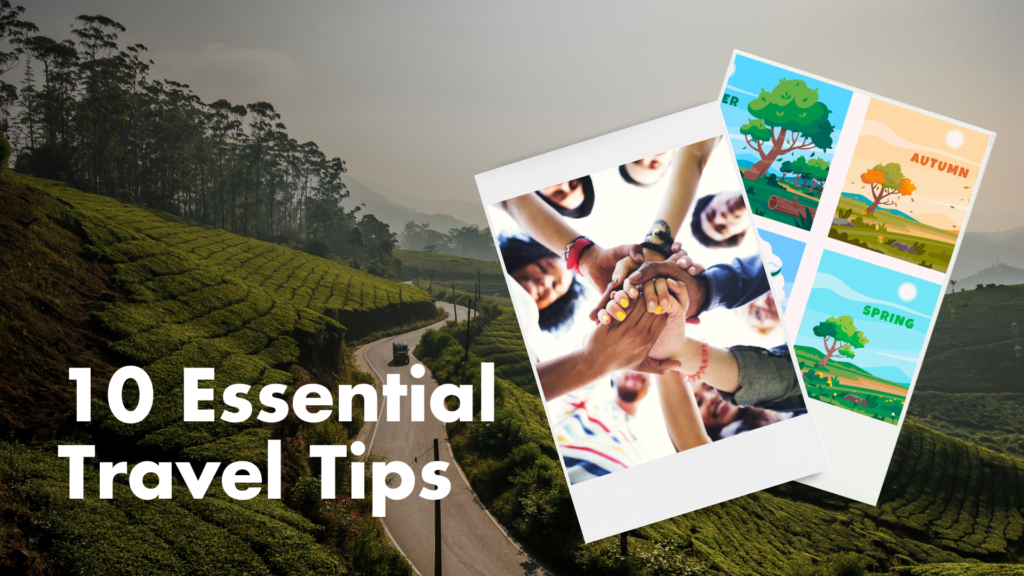
Embarking on a journey through the diverse landscapes of India is an adventure filled with vibrant cultures, breathtaking landscapes, and unforgettable experiences. Whether you’re a seasoned traveler or a first-timer exploring the vastness of this incredible country, these ten essential travel tips will ensure your journey across India is seamless and enriched.
1. Embrace Cultural Diversity:

India is a melting pot of cultures, languages, and traditions. Embrace the diversity by learning a few basic phrases in the local languages of the regions you’ll be visiting. This small effort goes a long way in connecting with locals and enriching your cultural experience.
When embarking on a journey, whether locally or internationally, these points can enhance your travel experience:
- Research Destination: Learn about the local culture, customs, and etiquette of your destination to ensure respectful and informed interactions.
- Learn Basic Phrases: Familiarize yourself with basic phrases in the local language. This effort is often appreciated by locals and can facilitate communication.
- Try Local Cuisine: Explore the local food scene to immerse yourself in the culture. Be open to trying traditional dishes and flavors.
- Respect Local Customs: Observe and respect local customs and traditions, including dress codes and social norms.
- Engage with Locals: Strike up conversations with locals to gain insights into their way of life, recommendations, and hidden gems.
- Practice Responsible Tourism: Minimize your environmental impact, support local businesses, and respect wildlife and natural habitats.
- Be Mindful of Cultural Sensitivities: Be aware of cultural sensitivities regarding photography, religious sites, and other aspects to avoid unintentional disrespect.
- Adapt to Local Transportation: Embrace local transportation options to experience daily life and reduce your carbon footprint.
- Participate in Cultural Events: Attend local festivals, events, or ceremonies to witness and be part of the cultural fabric of the destination.
- Stay Open-Minded: Embrace unexpected experiences and be open to learning from the diverse perspectives you encounter during your travels.
2. Plan According to the Seasons:

India experiences diverse climates, from the scorching heat of the summers to the chilly winters. Plan your travels according to the seasons, ensuring you pack appropriate clothing and are prepared for the weather conditions of your chosen destinations.
Plan According to the Seasons” is a concept that suggests tailoring your plans and activities based on the different seasons throughout the year. Each season brings its own unique weather, activities, and opportunities, so planning accordingly can enhance your experiences and ensure that you make the most of each time of the year. Here are 10 points to consider for travel planning based on the seasons:
- Spring Blossoms: Explore locations known for their beautiful spring blossoms, such as cherry blossoms in Japan or tulip fields in the Netherlands.
- Summer Sun and Beaches: Opt for destinations with sunny weather and vibrant beaches during the summer, like the Mediterranean or tropical islands.
- Fall Foliage: Head to regions with deciduous trees to witness the stunning fall foliage, such as New England in the United States or the Scottish Highlands.
- Winter Wonderland: Embrace winter sports and snowy landscapes by visiting destinations with winter festivities, like the Swiss Alps or Canadian Rockies.
- Festivals and Events: Check the local festivals and events happening during your travel dates, as different seasons often bring unique celebrations and cultural activities.
- Wildlife Encounters: Plan wildlife safaris or nature excursions based on the best times to observe specific animal migrations or mating seasons.
- Cultural Experiences: Align your travels with cultural events, such as traditional ceremonies, parades, or local holidays that are prominent during certain seasons.
- Outdoor Adventures: Customize your outdoor activities based on the season, like hiking in the spring, kayaking in the summer, or skiing in the winter.
- Avoid Peak Tourist Seasons: Consider traveling during shoulder seasons to avoid crowds and take advantage of more affordable prices while still enjoying pleasant weather.
- Local Cuisine: Explore seasonal cuisine by trying dishes that are popular during specific times of the year, incorporating fresh, local ingredients.
3. Diversify Your Cuisine Experience:
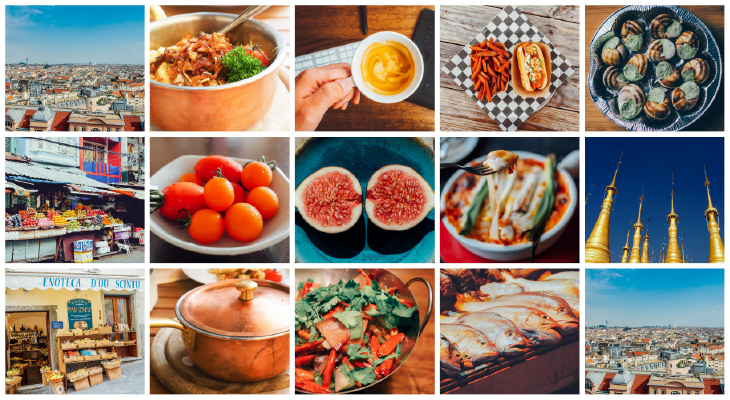
Indian cuisine is a tantalizing array of flavors and spices. Step out of your culinary comfort zone and explore local street food, regional specialties, and traditional dishes. Be cautious with spice levels if you’re not accustomed to high heat.
Diversify Your Cuisine Experience” is a concept that encourages individuals to explore and embrace a variety of culinary delights from different cultures and regions around the world. This not only adds excitement to your dining experiences but also promotes cultural understanding and appreciation. Here are 10 points to consider when incorporating this idea into your travels:
- Research Local Specialties: Before visiting a new destination, research and identify the local dishes and specialties. Make a list of must-try foods to enhance your culinary adventure.
- Visit Local Markets: Explore local markets where you can find fresh produce, spices, and unique ingredients. Engaging with local vendors and trying their products can be an immersive experience.
- Attend Cooking Classes: Participate in cooking classes to learn how to prepare traditional dishes. This hands-on experience allows you to bring a piece of the destination’s cuisine back home with you.
- Try Street Food: Don’t shy away from street food. Often, some of the most authentic and delicious dishes can be found in local markets or street stalls.
- Dine with Locals: Opt for dining experiences that allow you to eat with locals. This can provide insights into the culture, customs, and stories behind the food you’re enjoying.
- Explore Ethnic Neighborhoods: Seek out neighborhoods with a diverse range of ethnic restaurants. This is an excellent way to sample a variety of cuisines in one area.
- Be Open to New Flavors: Keep an open mind and be willing to try flavors and ingredients that may be unfamiliar. Embrace the opportunity to expand your palate.
- Learn Food Pairing: Understand the art of food pairing, including the matching of local dishes with regional wines, spirits, or non-alcoholic beverages.
- Document Your Culinary Journey: Take photos and keep a journal of your culinary experiences. This will not only serve as a wonderful memory but also inspire others to diversify their cuisine experiences.
- Share Your Discoveries: Encourage others to diversify their cuisine experiences by sharing your own culinary adventures through social media, blogs, or conversations. This can create a ripple effect of appreciation for global gastronomy.
4. Prioritize Hydration and Health:
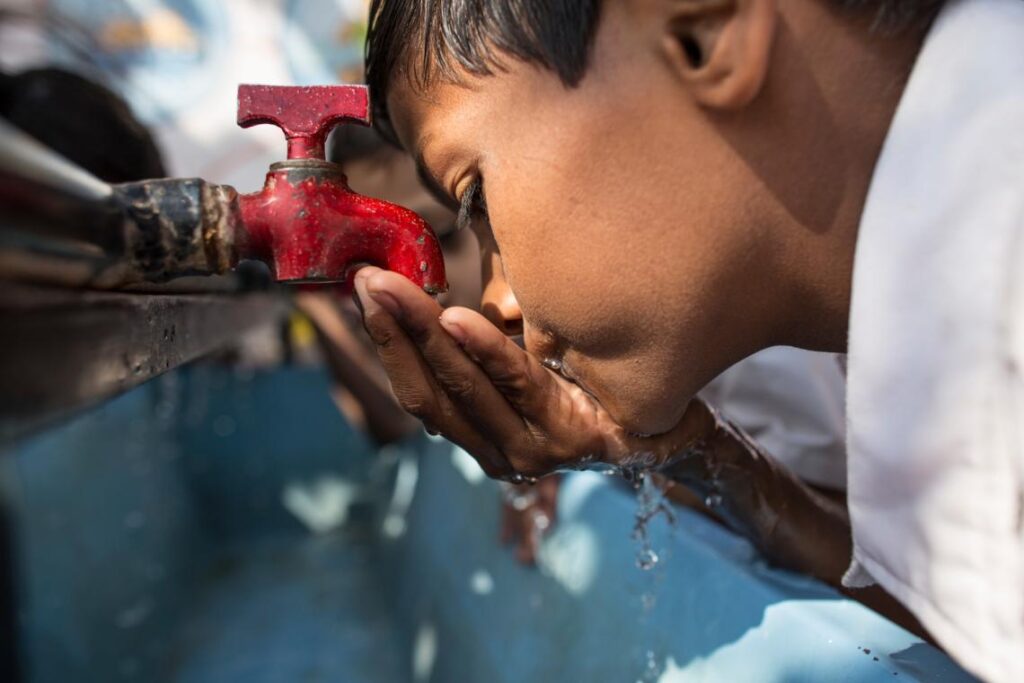
India’s climate can be dehydrating, especially during the summer months. Carry a reusable water bottle and stay hydrated throughout your journey. Additionally, practice food safety by opting for bottled water and eating at reputable establishments.
Prioritize Hydration and Health” is a principle that emphasizes the importance of maintaining good health and staying well-hydrated, especially during travel. Here are 10 points to consider when prioritizing hydration and health while traveling:
- Stay Hydrated: Drink plenty of water throughout your journey to prevent dehydration. Airplane cabins and different climates can contribute to increased fluid loss.
- Pack Healthy Snacks: Bring nutritious snacks like fruits, nuts, and granola bars to avoid relying solely on processed or unhealthy food options during travel.
- Limit Caffeine and Alcohol: Both caffeine and alcohol can contribute to dehydration, so try to moderate your intake, especially on long flights.
- Stretch and Move: Combat the effects of prolonged sitting by stretching and moving regularly. This helps prevent stiffness and improves circulation.
- Get Adequate Sleep: Prioritize rest to support your immune system and overall well-being. Consider adjusting to the local time zone to minimize jet lag.
- Practice Good Hand Hygiene: Wash your hands regularly, especially before meals, to reduce the risk of picking up germs from surfaces or other people.
- Protect Your Skin: Use sunscreen to shield your skin from harmful UV rays, and moisturize to counteract the drying effects of air travel.
- Take Vitamins and Supplements: Consider bringing essential vitamins or supplements to support your immune system, especially if you’re exposed to different environments.
- Stay Informed about Local Health: Research health considerations specific to your destination, such as vaccinations or health advisories, and take appropriate precautions.
- Listen to Your Body: Pay attention to how your body responds to travel and adjust your routine accordingly. Rest when needed, and seek medical attention if you feel unwell.
5. Master the Art of Bargaining:

Street markets and local bazaars are inherent to the Indian experience, and bargaining is an accepted practice. Sharpen your negotiation skills to ensure fair deals when shopping for souvenirs, textiles, and local crafts.
Mastering the art of bargaining can be a valuable skill, especially when traveling. Here are 10 points to help you navigate and excel in bargaining during your travels:
- Understand Local Culture: Learn about the local customs and norms regarding bargaining in the destination you’re visiting. In some cultures, bargaining is expected, while in others, it may be considered rude.
- Start with a Smile: Approach the bargaining process with a friendly demeanor. A smile and polite greeting can create a positive atmosphere and make negotiations more pleasant.
- Research Prices: Before entering negotiations, have a general idea of the fair price for the item or service you’re interested in. This knowledge gives you a baseline for your bargaining efforts.
- Be Patient: Bargaining often takes time. Avoid rushing the process, as patience can lead to better deals. Vendors may be more willing to negotiate if they sense your commitment.
- Express Genuine Interest: Show genuine interest in the product or service. Vendors may be more inclined to offer better deals if they believe you truly value what they are offering.
- Practice the Walk-Away Technique: Be prepared to walk away if the price isn’t right. This can sometimes prompt the seller to reconsider and offer a more favorable deal to keep your business.
- Bundle Items: If you’re buying multiple items from the same vendor, try bundling them together. This can often result in a lower overall price than negotiating for each item individually.
- Use Local Currency: Paying in the local currency may sometimes give you an advantage, as vendors might be more willing to negotiate when dealing with their own currency.
- Maintain a Poker Face: Try to keep your emotions in check during negotiations. Vendors may use your reactions to gauge how much you’re willing to pay, so maintaining a neutral demeanor can be advantageous.
- Know When to Compromise: While bargaining is about getting a good deal, be willing to compromise when necessary. Finding a middle ground that satisfies both you and the seller can lead to a successful negotiation.
6. Stay Informed About Local Customs:
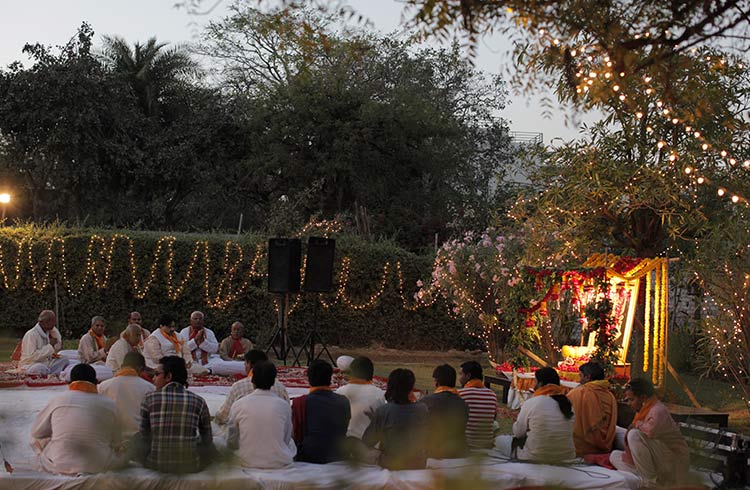
Each region in India may have unique customs and traditions. Familiarize yourself with local customs, dress codes for religious sites, and any specific etiquette to respect the cultural nuances of the places you visit.
Stay Informed About Local Customs” is a crucial piece of advice for travelers. Being aware of and respecting the customs and traditions of the destination you’re visiting is essential for a smooth and enjoyable travel experience. Here are 10 points to consider when it comes to staying informed about local customs:
- Research Before You Go: Before traveling, research the cultural norms, traditions, and customs of the destination. Understanding the local way of life will help you adapt more easily.
- Dress Appropriately: Dress according to the local customs. In some places, modest attire is preferred, while in others, casual clothing may be acceptable. Avoid clothing that may be considered offensive or inappropriate.
- Greeting Etiquette: Learn about the traditional ways of greeting people. Some cultures prefer handshakes, while others may use bows, hugs, or other gestures. Using the appropriate greeting shows respect.
- Table Manners: Familiarize yourself with local dining etiquette. This includes how to use utensils, whether tipping is customary, and if there are any specific customs related to sharing meals.
- Language Basics: Learn a few basic phrases in the local language. This effort is often appreciated and can go a long way in building positive interactions with locals.
- Cultural Sensitivity: Be aware of cultural sensitivities, including topics that may be considered taboo or offensive. This varies widely from one culture to another, so it’s essential to stay informed.
- Religious Practices: Respect local religious practices and customs. Understand the significance of certain rituals and ceremonies, and be mindful of any restrictions or guidelines associated with religious sites.
- Social Norms: Know the social norms regarding personal space, eye contact, and other non-verbal communication cues. This can help you avoid unintentional disrespect.
- Gift-Giving Etiquette: If gift-giving is a common practice, learn about the types of gifts that are appropriate and any specific customs associated with presenting them.
- Adaptability: Stay flexible and open-minded. Not everything will go according to plan, and being adaptable to different customs and unexpected situations will enhance your travel experience.
7. Secure Your Documents:
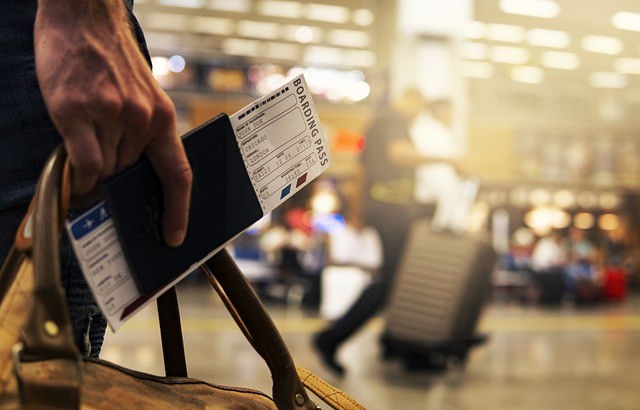
Prioritize the safety of your travel documents, including passports, visas, and identification. Keep both physical and digital copies, storing them in separate locations, and consider using a secure travel wallet.
Regularly check your bank and other accounts for any suspicious activities that might indicate unauthorized access to your documents.
- Plan Ahead:
- Plan your trip well in advance, including accommodations, transportation, and any activities you want to engage in.
- Pack Light:
- Pack only essentials to make your travel experience more convenient and avoid the hassle of lugging around heavy luggage.
- Secure Your Documents (Again!):
- Ensure you have all necessary travel documents, such as passports, visas, and tickets, and keep them in a secure and easily accessible place.
- Inform Someone of Your Itinerary:
- Share your travel itinerary with a trusted friend or family member, including accommodation details and contact information.
- Health Precautions:
- Carry necessary medications, a basic first aid kit, and be aware of any health-related precautions or vaccinations required for your destination.
- Stay Connected:
- Keep your phone charged and have a backup power source. Stay connected with family and friends, and have emergency contacts saved.
- Be Mindful of Local Laws and Customs:
- Research and understand the local laws and customs of your destination to avoid any unintentional cultural misunderstandings.
- Travel Insurance:
- Invest in comprehensive travel insurance to cover unexpected events like trip cancellations, medical emergencies, or lost belongings.
- Budget Wisely:
- Set a budget for your trip and try to stick to it. Be mindful of your expenses to avoid financial stress during your travels.
- Stay Open-Minded:
- Embrace new experiences and be open-minded to different cultures. Travel is an opportunity for personal growth and learning.
8. Use Reliable Transportation Options:
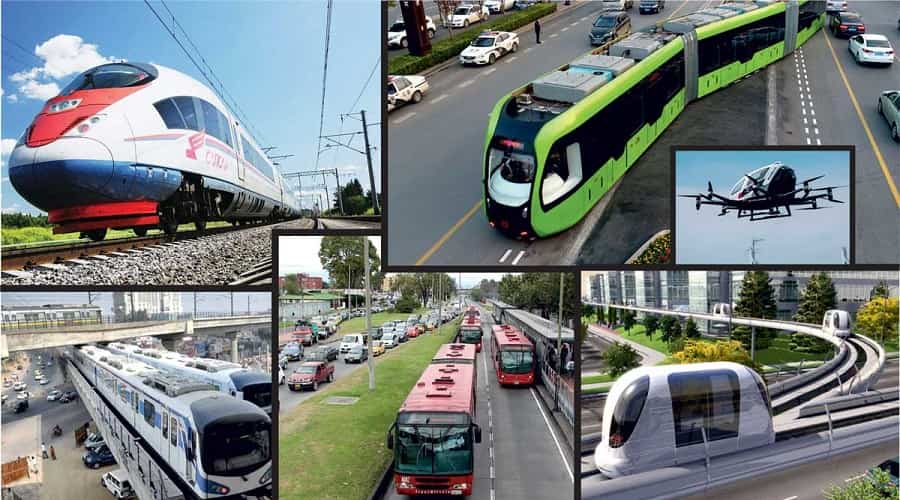
India’s transportation networks vary, from bustling metro systems to picturesque train journeys. Choose reliable transportation options, plan your routes in advance, and be open to experiencing the diverse modes of travel India has to offer.
Utilizing Reliable Transportation Options: A Guide to Smoother Travel
- Research Your Options: Before embarking on your journey, take the time to research and explore the various transportation choices available. Consider factors such as convenience, cost, and reliability.
- Public Transportation: Public transport systems, such as buses, trains, and subways, are often reliable and cost-effective. Familiarize yourself with local schedules and routes to optimize your commuting experience.
- Private Vehicles: If you own a vehicle, ensure it undergoes regular maintenance checks. Keeping your car well-maintained enhances its reliability and minimizes the risk of unexpected breakdowns.
- Ride-Sharing Services: Ride-sharing platforms offer convenient door-to-door transportation. Choose reputable services with positive reviews to ensure a safe and reliable ride.
- Carpooling: Consider carpooling with colleagues, friends, or neighbors. This not only reduces the environmental impact but also shares the responsibility of transportation, making it more reliable.
- Biking and Walking: For short distances, opt for eco-friendly alternatives like biking or walking. These modes not only promote a healthy lifestyle but also eliminate concerns about vehicle reliability.
- Check Traffic Conditions: Stay informed about current traffic conditions using navigation apps to plan your route and avoid unexpected delays. Real-time updates help you make informed decisions for a smoother journey.
- Plan for Contingencies: Anticipate potential disruptions and have a backup plan in place. This could include alternative routes, transportation options, or knowing the nearest service centers in case of emergencies.
- Travel Off-Peak Hours: Avoid rush hours when possible to reduce congestion and potential delays. Traveling during off-peak hours can contribute to a more relaxed and reliable commuting experience.
- Stay Informed: Regularly check for updates on your chosen transportation method, whether it’s public transport schedules or the status of ride-sharing services. Staying informed helps you adapt to any changes swiftly.
9. Adapt to ‘Indian Stretchable Time’:

Time may not always be as rigidly structured in India as it is in some other parts of the world. Embrace the concept of ‘Indian Stretchable Time’ and allow for flexibility in your itinerary to accommodate unforeseen delays.
Indian Stretchable Time (IST) is a colloquial term used in India to describe a cultural phenomenon where events and activities often start later than the scheduled time. It reflects a more relaxed and flexible approach to punctuality compared to some Western cultures.
Adapting to “Indian Stretchable Time” requires understanding and embracing this cultural aspect. When it comes to travel, especially for those unfamiliar with this concept, here are 10 points to keep in mind:
- Expect Delays: Be prepared for delays in transportation, meetings, or any scheduled activities. It’s common for things to start a bit later than planned.
- Build in Buffer Time: Allow extra time between activities to account for potential delays. This can help reduce stress and ensure a smoother travel experience.
- Patience is Key: Cultivate patience as an essential virtue during your travels. Things may not always go according to a strict schedule, so maintaining a calm demeanor is important.
- Informal Communication: Inquire about the local culture and customs, and try to communicate in a friendly and informal manner. Establishing a rapport with locals can make the experience more enjoyable.
- Flexible Itinerary: Keep your itinerary flexible, allowing for adjustments based on local conditions or unexpected situations. This approach can enhance your ability to adapt to the local pace.
- Local Guidance: Seek advice from locals regarding the best times to travel, attend events, or engage in activities. Their insights can be valuable for navigating the local sense of time.
- Cultural Sensitivity: Be culturally sensitive and avoid expressing frustration about time delays. Understanding the local perspective on time can contribute to positive interactions.
- Embrace the Experience: Rather than focusing solely on schedules, embrace the overall experience of the journey. Enjoy the cultural richness and diversity that a place has to offer.
- Utilize Downtime: Use any unexpected downtime productively. Carry a book, listen to music, or engage in activities that can be enjoyed during waiting periods.
- Adaptability: Embrace an attitude of adaptability. Being open to changes in plans and accepting the local approach to time can lead to a more enriching travel experience.
10. Connect with Locals for Insider Insights:
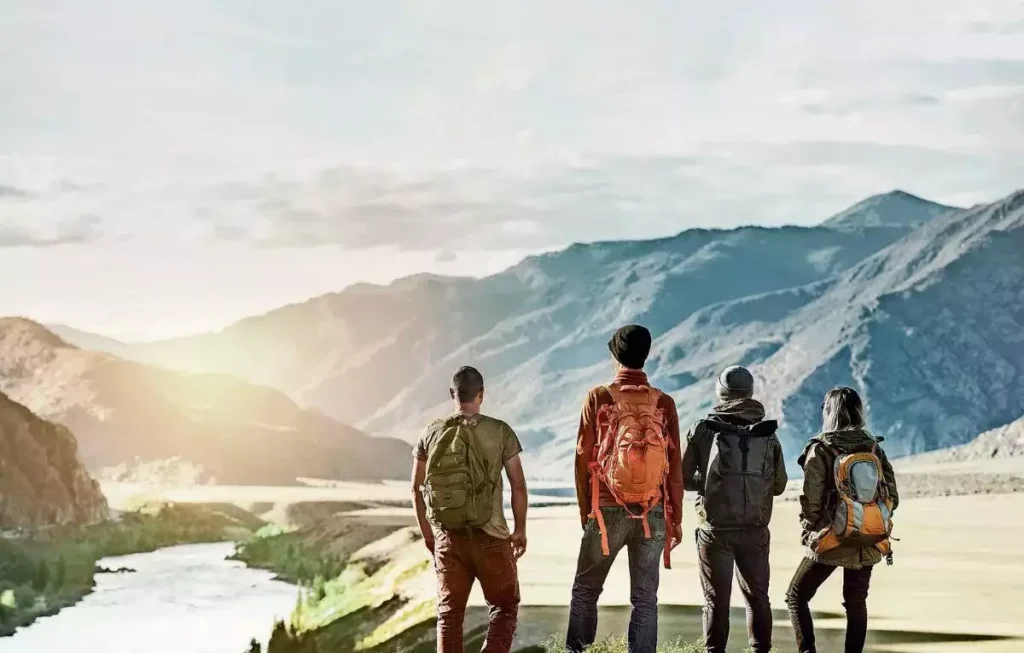
Connect with Locals for Insider Insights” is a travel approach that encourages travelers to engage with local residents to gain authentic and unique insights into a destination. By interacting with locals, travelers can go beyond typical tourist experiences and discover hidden gems, cultural nuances, and genuine recommendations that may not be found in guidebooks.
This approach fosters meaningful connections, promotes cultural exchange, and enriches the overall travel experience. Here are 10 points highlighting the benefits of connecting with locals for insider insights during your travels:
- Authentic Experiences: Locals can provide firsthand knowledge of their community, leading to more authentic and immersive experiences that go beyond mainstream tourist attractions.
- Cultural Exchange: Interacting with locals allows for cultural exchange, providing travelers with a deeper understanding of traditions, customs, and daily life in the destination.
- Off-the-Beaten-Path Recommendations: Locals often know hidden gems and off-the-beaten-path spots that might not be featured in travel guides, offering a chance to explore unique and less crowded locations.
- Local Cuisine Insights: Connecting with locals can lead to discovering the best local eateries and gaining insights into regional cuisines, providing a more genuine culinary experience.
- Language and Communication: Engaging with locals can help travelers navigate language barriers more effectively and enhance communication, fostering a more meaningful connection with the destination.
- Personalized Advice: Locals can offer personalized recommendations based on individual interests, helping travelers tailor their experience to match their preferences.
- Safety Tips: Locals are often the best source for safety advice, providing insights into areas to avoid, common scams, and other practical tips for a secure and enjoyable journey.
- Community Support: Spending money locally and supporting community businesses contributes to the local economy, creating a positive impact on the destination and fostering a sense of community.
- Unique Events and Festivals: Locals are well-informed about local events and festivals, allowing travelers to align their visit with unique cultural celebrations and experiences.
- Lasting Connections: Building connections with locals can lead to lasting friendships and a sense of belonging, turning a trip into a memorable and personally enriching experience.
Conclusion: A Journey Beyond Boundaries
As you traverse the diverse landscapes of India, let these ten essential travel tips serve as your compass, guiding you through a seamless and enriching journey. From cultural immersion to culinary exploration, India promises a tapestry of experiences that will linger in your memories long after your travels have concluded.
Navigate with an open heart, a curious mind, and a spirit of adventure, and you’ll discover that India’s beauty lies not just in its landscapes but in the warm embrace of its people and the richness of its cultural heritage. Bon voyage!
FAQs
- Q: Is it safe to drink tap water in India?
- A: It is advisable to drink bottled or filtered water to avoid any risk of waterborne illnesses. Most hotels and restaurants provide safe drinking water.
- Q: What should I pack for diverse climates in India?
- A: Pack lightweight clothing for hot temperatures and layer up for cooler regions. Don’t forget essentials like sunscreen, a hat, and comfortable walking shoes.
- Q: Are credit cards widely accepted in India?
- A: While major cities and tourist areas accept credit cards, it’s advisable to carry some cash, especially in rural areas and local markets where cash transactions are more common.
- Q: How do I handle the intense spice levels in Indian cuisine?
- A: Inform the restaurant staff about your spice preference, and start with milder dishes. Yogurt-based sides like raita can also help balance the spice.
- Q: Are vaccinations required before traveling to India?
- A: It’s recommended to check with your healthcare provider for necessary vaccinations. Common vaccinations include Hepatitis A and B, typhoid, and routine immunizations.
- Q: What’s the best way to stay connected during my travels in India?
- A: Purchase a local SIM card for your phone upon arrival to have reliable access to data and calls. Most major cities have good network coverage.
- Q: How can I ensure the safety of my belongings during travel?
- A: Use secure travel wallets, stay vigilant in crowded areas, and consider using combination locks for your luggage. Keep valuables in hotel safes when available.
- Q: Can I use public transportation easily in India?
- A: Public transportation is available and well-connected in major cities. However, it’s essential to plan routes in advance and be prepared for crowded conditions.
- Q: Are there specific customs to observe in religious sites?
- A: Dress modestly, remove footwear before entering temples, and follow any specific guidelines posted at religious sites to show respect for local customs.
- Q: How can I manage the concept of ‘Indian Stretchable Time’?
- A: Plan extra time for travel and activities to accommodate potential delays. Flexibility and a relaxed attitude will enhance your experience in India.
Useful Links:


